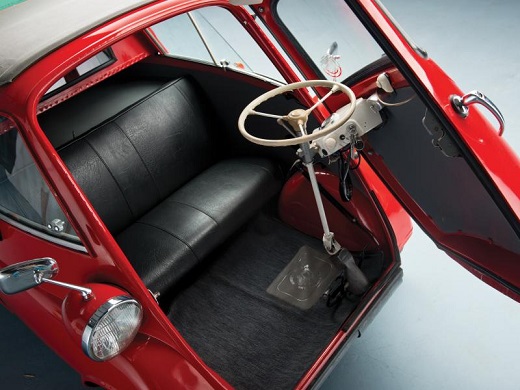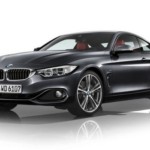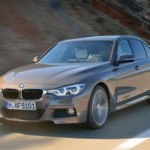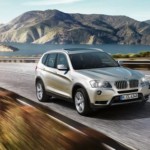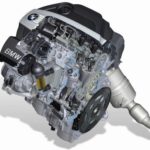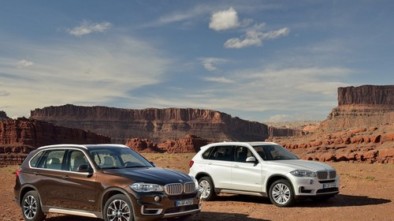BMW Isetta - Model history
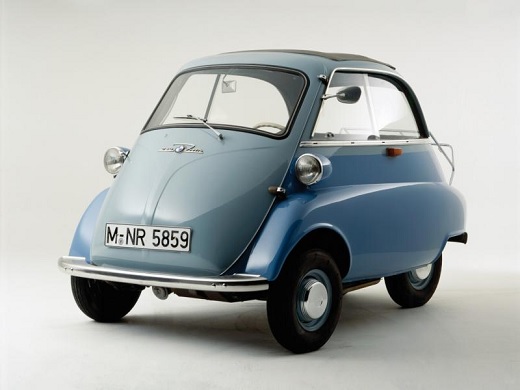
BMW Isetta
If you thought it was BMW always been a luxury manufacturer with a pallet full of expensive sports performance models, you were fooled.
Before becoming globally recognized, BMW - this range also consisted of small, literally, micro cars that helped him survive the difficult post-war years… If it is known that the BMW was practically destroyed from the war, without entire plants and without customers, the panic that gripped the company's management was complete understandable. Namely, most of the factory halls remained behind the "iron curtain", while only the part intended for the production of motorcycles was in function. In such conditions, BMW tried to start car production but did it in the wrong direction.
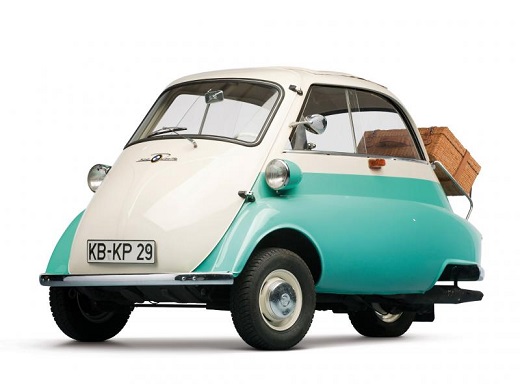
BMW Isetta
The models that saw the light of day under the famous blue and white sign were luxury and expensive cars, unattainable to post-war buyers. Although beautiful and of good quality, the BMW 501 sedan, 503 coupe and 507 roadster were produced in a very small number of units, which did not bring the factory enough money to survive on the market. Faced with an impasse and an embarrassing proximity to bankruptcy, the BMW administration had to come up with a radical solution. At the same time, one thousand kilometers south of Munich, an Italian factory of ISO refrigeration and metal fancy goods, made a model Isetta, a micro car for two passengers, some luggage and with a motor and scooter wheels.
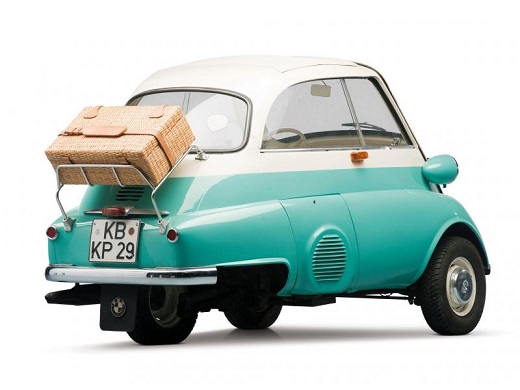
BMW Isetta
Italy, as the home of small-town cars, received the new kid excellently, which proved to be great for city conditions, but nothing more than that, because any serious road would have a bad effect on passengers for poor comfort and no comfort. Isetta sales have started satisfactorily across Europe, and that success has attracted the attention of BMW, which decided to buy a license and start production of this car in Germany. However, German engineering pride did not allow BMW to just “copy” the Isetta, but decided to upgrade it mechanically and design.
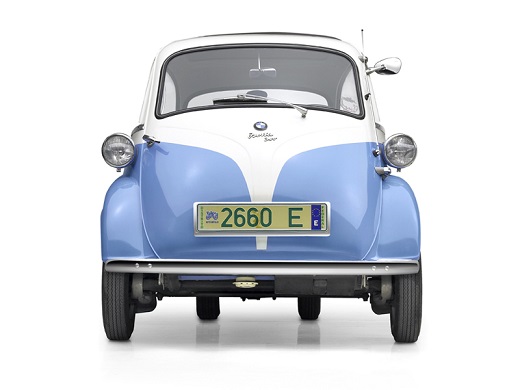
BMW Isetta
To begin with, the engine was replaced by a BMW 250cc engine with 12 hp at 5,800 rpm, a four-speed transmission was mounted, and power was transmitted to the rear two wheels via rubber straps. By design, the headlights are separated from the body, and the BMW logo is mounted under the windshield. By the way, that logo was far smaller than other models, as if BMW were ashamed of this cute car. Although the changes may seem superficial, the Germans have in fact completely changed the Isetta, so that the two cars just resemble, and realistically, have no common parts.
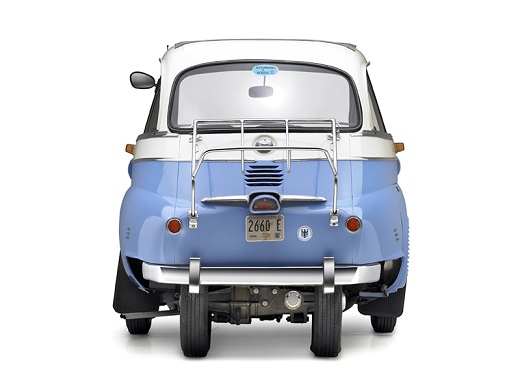
BMW Isetta
In any case, the premiere of the BMW Isette was in 1955, in front of a stunned but also intrigued audience. Astonished, because no one expected this from BMW, and intrigued because the Bmw Isetta was a micro car of a completely new concept. The market responded immediately to the new model and within 8 months over 10000 orders arrived at the factory. The price of under 1000 German marks at the time only helped, and the factory guaranteed 85 km / h of top speed while, according to the law, the Isetta could also be driven with a motorcycle license.
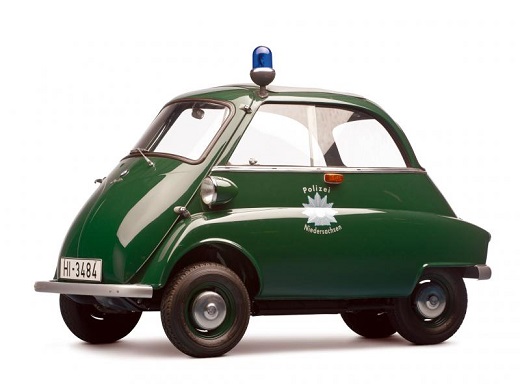
BMW Isetta
The very next year, in 1956, the Isetta got a slightly larger engine (300cc with 13hp), which was made by increasing the existing engine's stroke and piston diameter. Top speed remains the same, with popularity rising as BMW begins to export Isette to other countries. At the time, only two categories of people were coming to the BMW showrooms, the wealthy, well-off enough to pay for expensive 501 Series sedans or those who wanted to drive a car, and could only afford a micro vehicle like an Isetta. Therefore, in those years, BMW covered only the beginning and end of the car's offerings.
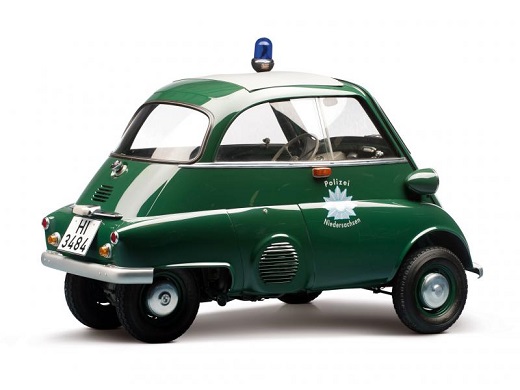
BMW Isetta
In the same year, Germany introduced the obligation of a real driving license for Isette customers, as there were many on the streets. Encouraged by the success of this car, BMW opens a branch in England, where Isetta began production in 1957. The popularity of this model is also due to the energy crisis of the late 50s and the fact that these cars were not big consumers of fuel. The desire to develop this concept forced BMW in 1958 to introduce the Isetta 600, a model that had two more seats and a conventional rear axle for better ride characteristics. The engine had 600cc and 20hp and the top speed was increased to 103mph.
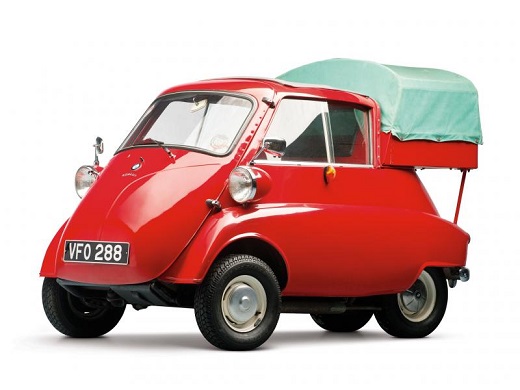
BMW Isetta
This model was the most serious Isetta in terms of road behavior and the only one that could connect more than two passengers. However, in the early 60s, BMW decided that Isetta would spoil his image and that she did what she was created to do, to make a profit and allow the factory to survive. To the dismay of the audience who loved this small car of great charm, production was discontinued in August 1962. After 130,000 copies made in Germany and 30,000 in the UK, Isetta went down in history as the most successful micro car in the world. BMW dropped the 700, which, despite its small engine, was a serious car and was not the real successor to the Isette.
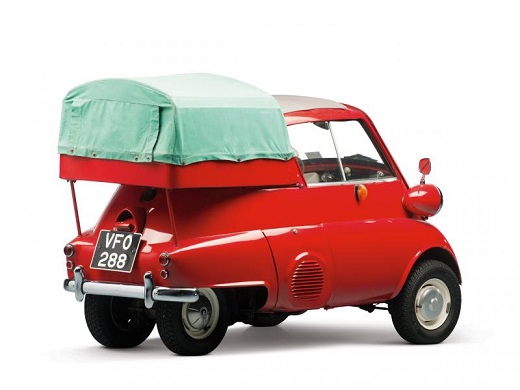
BMW Isetta
Still, the Bmw Isetta has not strayed from the streets and in major European cities it is still possible to see Isetta driving in crowds on major boulevards. Thanks to the success of this small car, BMW has built an empire that would not exist today if it were not for the Isetta. Not only did this car save one famous brand, but it also became a model for another, so the designers of Smatra openly admitted that the biggest role model in their work was Isetta. The title "disabled car" that Isetta received in some markets is completely undeserved because the car was never intended primarily for that group of people.
In our country, these nice BMWs were in larger numbers, but the owners quickly forgot them when they could get money for a more serious model, so few of them survived. They are not expensive to restore, and they offer interesting city transportation as well as a completely new dimension of driving that is familiar to modern connoisseurs. They are valued on the old-timer market, but not expensive, so you get a small car for little money, which, you will admit, is correct, but we should not forget that this is a small car, but with a great soul and merit…
Author: 426 Hemi
Pictures: BMW
Retrieved from: www.brzabrzina.com
Recommendation of similar texts:

Hi there, I am Mladen and I am an auto enthusiast. I started this blog years ago to help like minded people share information about latest cars, car servicing ideas, used car info, exotic cars, and auto technology. You will find helpful articles and videos on a wide variety of cars - Audi, Mercedes, Toyota, Porsche, Volvo, BMW and much more. Ping us if you have anything cool to share on latest cars or on how to make older cars more efficient, or just want to say hi!

